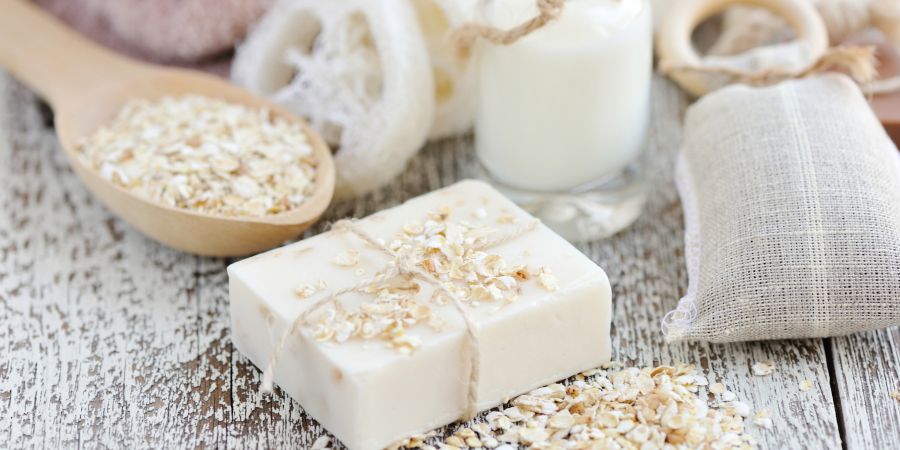Colloidal oatmeal’s growing popularity in skin care is no surprise. Here is your complete guide to getting the most out of it right at home.
Colloidal oatmeal (Avenanthramide) has been used for thousands of years to relieve itch, inflammation, and damaged skin. And it is so easy to use.
Table of contents:
What is Colloidal Oatmeal?
Colloidal Oatmeal benefits.
Get more out of Colloidal Oatmeal.
How to make Colloidal Oatmeal at home.
How to make an oatmeal bath.
Treating an itchy scalp.
DIY Oatmeal soap.
Oatmeal lotion and cream.
There aren’t many things more annoying than having itchy skin and not being able to do anything about it. No one wants to have to slather chemical filled creams and soaps on themselves to stop the scratching, and you don’t have to.
Read on for at-home methods of unlocking the powers of oatmeal.
What is Colloidal Oatmeal?
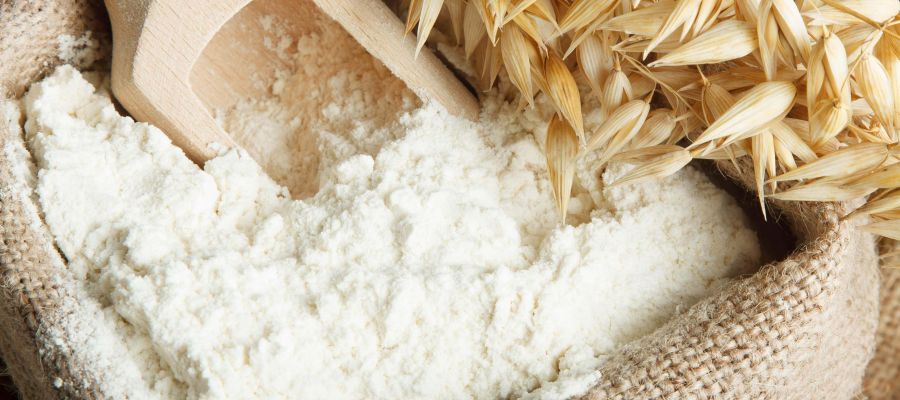
Colloidal oatmeal is a form of oats used in skincare products produced by finely grinding oats and boiling them, making it into a colloid (and giving it its name).
A “colloid” is a solution of tiny particles suspended in a liquid like water, gel or cream. Without grinding down the oats they would just sink to the bottom of the liquid, instead of remaining evenly dispersed and completely mixed. This how the magic is achieved, it lets your skin actually absorb and use all its benefits.
The only difference between regular oatmeal and colloidal is one is kept whole and eaten as breakfast, the other is milled and used as a skin treatment.
Colloidal Oatmeal Benefits
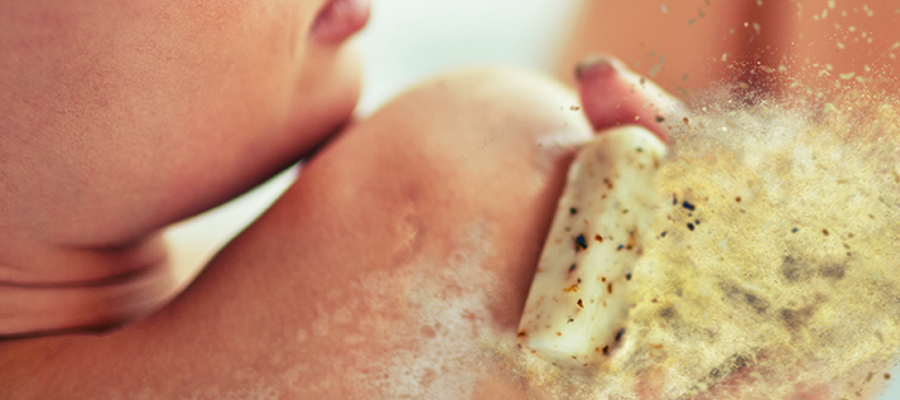
When talking benefits, we have to point out that oats are rich in beta-glucans, which can reduce skin inflammation and even stimulate collagen production. It was also proven that this magic grain has anti-aging and reparative properties which can be used on all skin types.
Studies have shown that it binds to the skin and creates a protective barrier against irritants while also providing additional nutrients. The protective layer created by the oatmeal helps retain the skin’s natural moisture. Oats are able to absorb water and bind it to the skin.
In addition to these calming effects, this ingredient also acts as a gentle exfoliator for skin, excellent for removing dead cells.
Some other benefits are:
- Improves skin dryness and scaling
- Alleviates itching and irritation
- Anti-Aging
- Repairs damaged skin
- Moisturizes the skin
- Reduces inflammation caused by acne
- Helps soothe bug bites, burns and other skin irritations
- Relieves symptoms of eczema, psoriasis and seborrheic dermatitis
Using Colloidal Oatmeal to treat Eczema, Psoriasis and Dermatitis
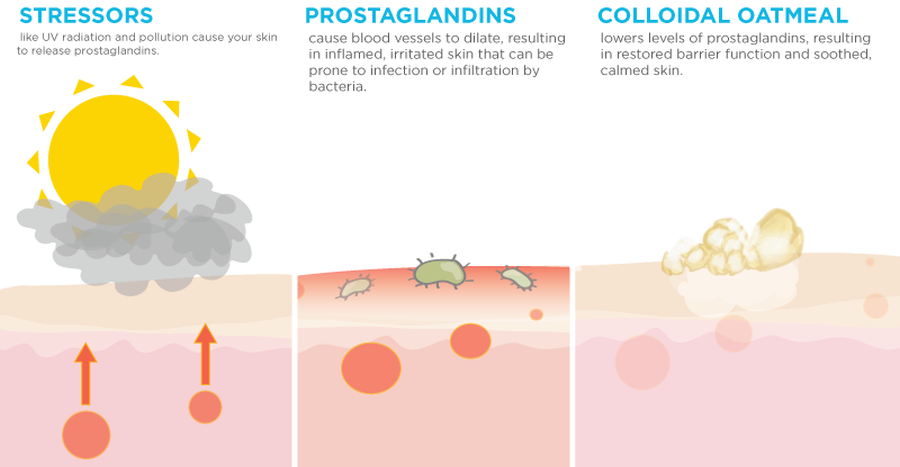
Due to its impressive ability to sooth itchy skin it is often used to help relieve eczema, psoriasis, seborrheic dermatitis and other skin conditions.
Research has shown that soaking in a oatmeal bath can relieve the irritation of eczema and helped normalize pH levels in the skin.
Even though the Ancient Egyptians in 2,000 BC recognized the health properties of oats, it wasn’t until 2003 that the U.S. Food and Drug Administration officially approved this form of oatmeal as an effective ingredient to treat different skin conditions.
How to Get the Most Out of Colloidal Oatmeal
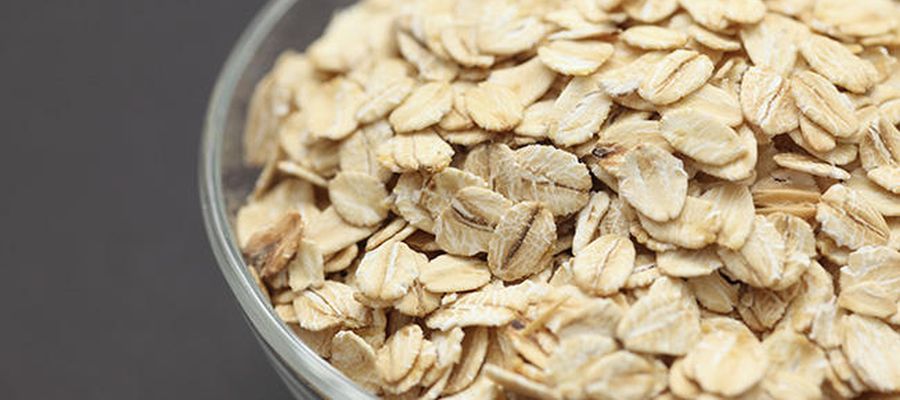
Oats are rich in saponins (compounds found in grains), which give this ingredient remarkable cleansing and moisturizing qualities. Because of this, it can be used in many different ways, such as:
- Cleanser
- Moisturizer
- Scalp Relief
- Bath Soak
- Exfoliant
- Face Mask
To start making these at home you need to know how to turn regular oats into colloidal oats.
How to Make Colloidal Oatmeal at Home

With the many benefits and uses of oats we recommend making it at home. It will save you money and let you use it whenever you need it.
Directions:
- Get some whole rolled oats from your local grocery store (preferably organic).
- Grind a few cups of oats in your blender, food processor or coffee grinder until it turns into a fluffy, soft powder. The finer, the easier it will dissolve.
- Store in an airtight container in a cool, dry place to keep it fresh.
Now that you have your new secret weapon it’s time to put it into action.
How to Make an Oatmeal Bath

Soaking in an oat bath for 10-15 minutes daily has been seen to ease itching and burning by up to 67%. Making your own oatmeal bath is simple.
Here’s how:
- Run your bath with warm water and while the tub is filling, add two or three cups of powder.
- Soak in the tub for 10-15 minutes.
- That’s it. Easy, fast, effective!
Treating an Itchy Scalp
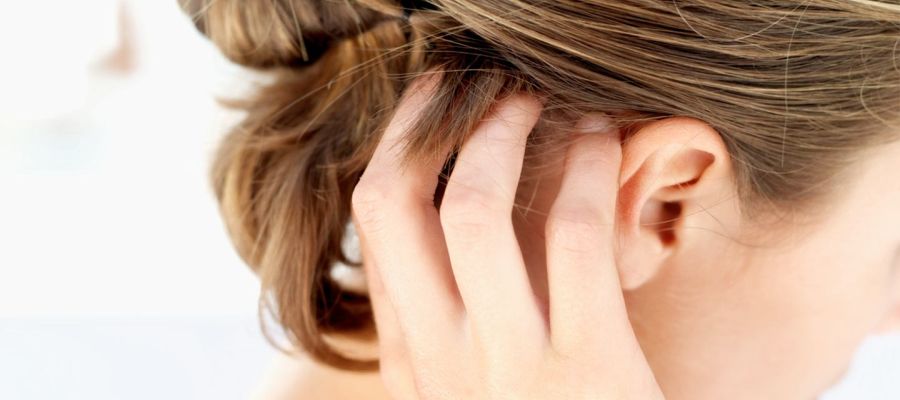
Colloidal oatmeal is also recommended for an itchy scalp since this ingredient can relieve irritation.
Here’s how:
- Mix 1/3 cup of colloidal oatmeal with a pitcher of warm water.
- Wash your hair with your favorite shampoo, rinse thoroughly.
- Gently massaging the mixture into your hair and scalp.
- Cover your head with a shower cap for 15 minutes.
- Rinse off and air dry your hair.
DIY Oatmeal Soap
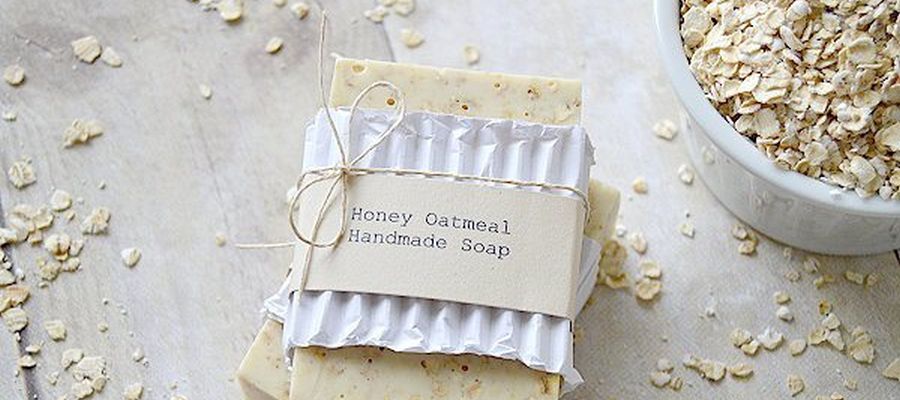
If you have sensitive skin, making your own soap with ots can work wonders. Not only is it great for soothing inflammation and redness, but it’s great for exfoliating and sloughing off dead skin, dirt and excess oils.
You can make soap without the hassle of dealing with lye by purchasing some basic, natural or organic bars of soap and melting them down to use as your base.
To make oatmeal soap follow these directions:
- Grate 2 bars of soap into a crock pot set to low.
- Add 1-2 oz of chamomile tea and stir often to avoid burning or sticking.
- Once mixture is completely melted, remove from heat.
- Add 4 tbsp of colloidal oatmeal and 2 tbsp of regular oatmeal.
- You can add any other ingredients that you’d like, such as essential oils, honey or herbs.
- Pour mixture into muffin tins and let cool for 24 hours before removing it from the mold.
- Let the bars of soap sit for a few more days to completely dry.
Oatmeal Lotion and Cream

Treating skin with a cream containing oats and other soothing ingredients daily will help stop itching and scratching immensely. Making your own lotion at home will be tough because it requires several ingredients and is much harder to do properly.
Instead, find a colloidal oatmeal cream like our product Elixir. It is fit for every skin type and is packed with anti-inflammatory, soothing and healing ingredients. In addition to oats, Elixir has:
- Aloe vera
- coconut oil
- Blue-green algae
- Vitamin E
- MSM
- Olive oil
- Hemp seed oil
- Manuka honey
- Calendula
- Plumeria
- Cocoa seed butter
- Shea butter
- Chamomile
Elixir is perfect to help treat nearly any skin condition. It is also natural and toxin free.
Summary
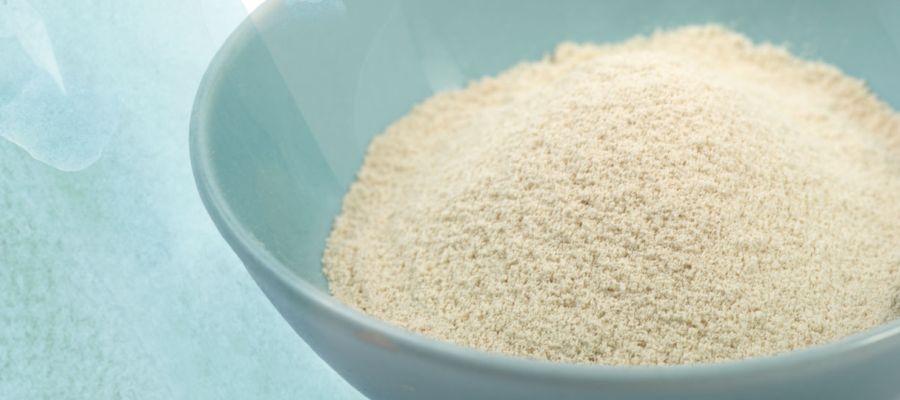
If you have dry, itchy skin, you might find great results by using colloidal oats. It has anti-inflammatory, soothing and moisturizing results and can help with many skin conditions.
After making your own or finding a brand you trust use it in a bath, as a scalp/body wash wash or a cream. This ingredient can do it all!
Whatever you are using it for remember to go organic. It will give you the best results and avoid allergic reactions.
Have you tried using skin superfood? Let us know your experience with it!
